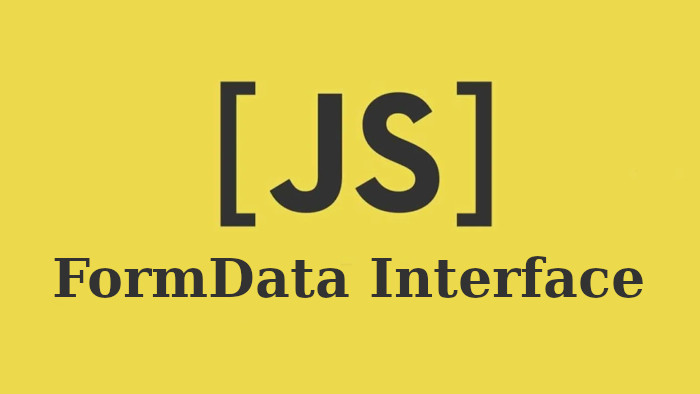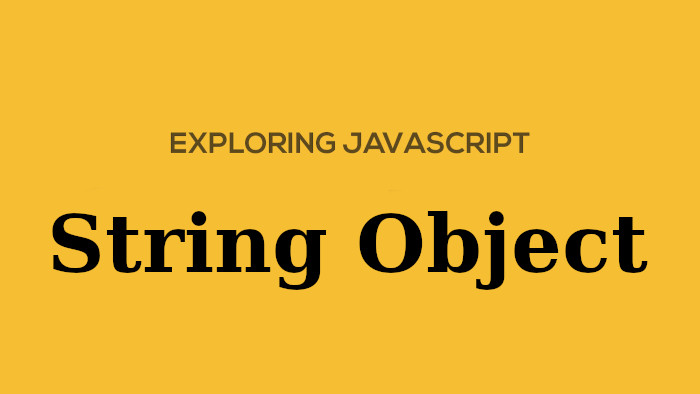Map
The Map object holds key-value pairs and remembers the original insertion order of the keys. Any value (both objects and primitive values) may be used as either a key or a value.
const map1 = new Map();
map1.set('a', 1);
map1.set('b', 2);
map1.set('c', 3);
get
console.log(map1.get('a'));
// Expected output: 1
set
map1.set('a', 97);
console.log(map1.get('a'));
// Expected output: 97
size
console.log(map1.size);
// Expected output: 3
delete
map1.delete('b');
console.log(map1.size);
// Expected output: 2
has
console.log(map1.has('c'));
// Expected output: true
forEach
const map1 = new Map();
map1.set('a', 1);
map1.set('b', 2);
map1.set('c', 3);
map1.forEach(function (value, key){
console.log(`${key} = ${value}`);
});
Result:
"a = 1"
"b = 2"
"c = 3"
entries
The entries() method returns a new iterator object that contains the [key, value] pairs for each element in the Map object in insertion order.
const map1 = new Map();
map1.set('0', 'foo');
map1.set(1, 'bar');
const iterator1 = map1.entries();
console.log(iterator1.next().value); // Expected output: Array ["0", "foo"]
console.log(iterator1.next().value); // Expected output: Array [1, "bar"]
Set
The Set object lets you store unique values of any type, whether primitive values or object references. Set objects are collections of values. A value in the Set may only occur once; it is unique in the Set's collection. You can iterate through the elements of a set in insertion order.
const mySet1 = new Set();
mySet1.add(1); // Set(1) { 1 }
mySet1.add(5); // Set(2) { 1, 5 }
mySet1.add(5); // Set(2) { 1, 5 }
mySet1.add("some text"); // Set(3) { 1, 5, 'some text' }
const o = { a: 1, b: 2 };
mySet1.add(o);
mySet1.add({ a: 1, b: 2 }); // o is referencing a different object, so this is okay
mySet1.has(1); // true
mySet1.has("Some Text".toLowerCase()); // true
mySet1.has(o); // true
mySet1.size; // 5
mySet1.delete(5); // removes 5 from the set
mySet1.add(5);
for (const item of mySet1) {
console.log(item);
}
// 1, "some text", { "a": 1, "b": 2 }, { "a": 1, "b": 2 }, 5




Comments